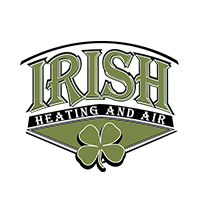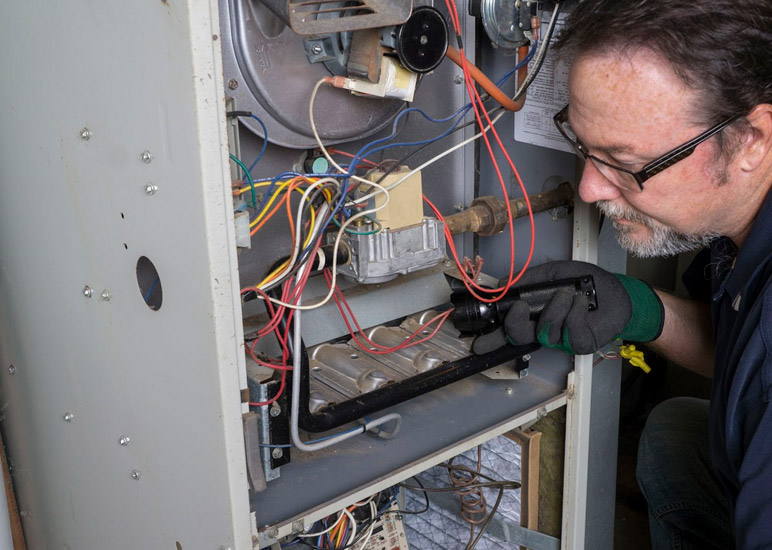 If you haven’t had a furnace maintenance inspection before you may be curious about what actually happens during them, and why they are so important. After all, if your furnace is running fine now, is a little check-up really necessary?
If you haven’t had a furnace maintenance inspection before you may be curious about what actually happens during them, and why they are so important. After all, if your furnace is running fine now, is a little check-up really necessary?
Actually, furnace maintenance inspections aren’t so little. We have a 20-point inspection process for both electric furnaces and gas furnaces. Not only will this process catch large issues with your furnace, it will catch small problems that will build up over time. We explain the whole process below.
Our Furnace Maintenance Inspection Process
Here are the twenty steps in a furnace inspection:
- Ductwork: We ensure that your ductwork is correctly sized, connected and clean. Correctly sized ductwork is more important than you may think.
- Exposed wires: If your furnace has been moved or jostled, it may now have exposed wires, which is a safety hazard.
- Leaks and moisture: Any amount of water exposure is a problem that can lead to long-term damage.
- Wear and tear: How are your furnace parts performing? We check on them for signs of stress. It’s best to catch a part that needs replacement before it damages another part. Or, if the whole furnace shows signs of wear and tear, we can alert you that it may need replacement relatively soon.
- Lubrication of moving parts: Squeaky door hinges and squeaky furnace parts have much in common. They need proper lubrication to start working efficiently again.
- Pilot light: The pilot light should be on and free of debris.
- Gas pressure: Checking gas pressure helps us detect gas leaks, among other things.
- Air filter replacement: Changing out your furnace filter can have a powerful positive effect on your air quality.
- Blower: We check and clean the blower.
- Electrical connections: Sturdy, stable connections prevent fires.
- Flue pipe: On gas furnaces, the flue pipe should be cleaned and checked for damage.
- Check amperage: On electric furnaces, proper amperage is key for efficient function and to prevent damage.
- Heat exchanger: As one of the key parts of any furnace, the heat exchanger should be working flawlessly.
- Cycle the furnace: We can sometimes spot problems by watching the furnace cycle.
- Thermostat: Of course, your furnace will be no good to you come winter if the thermostat isn’t working. We’ll check and program your thermostat.
- Gas leaks: Small gas leaks may go undetected, but have serious consequences for your health, so we always check for them.
- Ignition protocols: Does the furnace turn on and off when it should? A furnace that turns off unexpectedly can leave your home cold. One that turns on when it shouldn’t can cost you in wasted energy.
- Clean unit: Dust and debris build up can damage furnace parts over time. Therefore, it’s important to clean the unit yearly.
- Manufacturer recommendations: Every model has its own nuances. Experienced HVAC technicians can make sure the furnace is running as the manufacturer intended.
- Written report: For your peace of mind, we provide you with a full written report on our findings.
Have Furnace Inspection Questions?
If you have questions about any step in the furnace inspection process you should reach out to your HVAC technician. Nothing about your furnace’s health should be unclear to you.
Irish Heating and Air offers an array of furnace repair and installation related services throughout the Central Valley. So, if you live in Tracy, Oakdale, Riverbank, Modesto, or another city nearby, don’t hesitate to give our professional contractors a call today.





